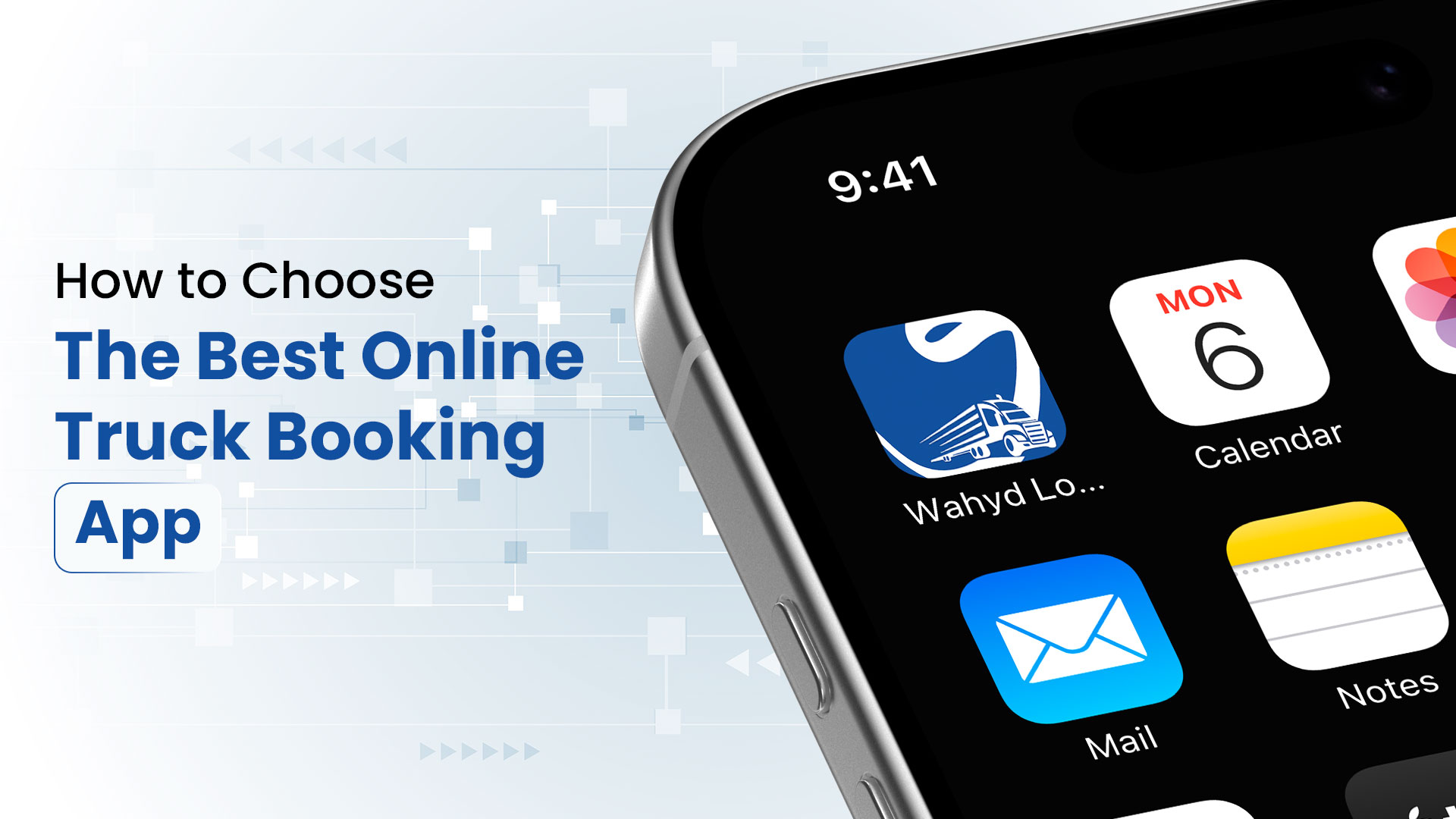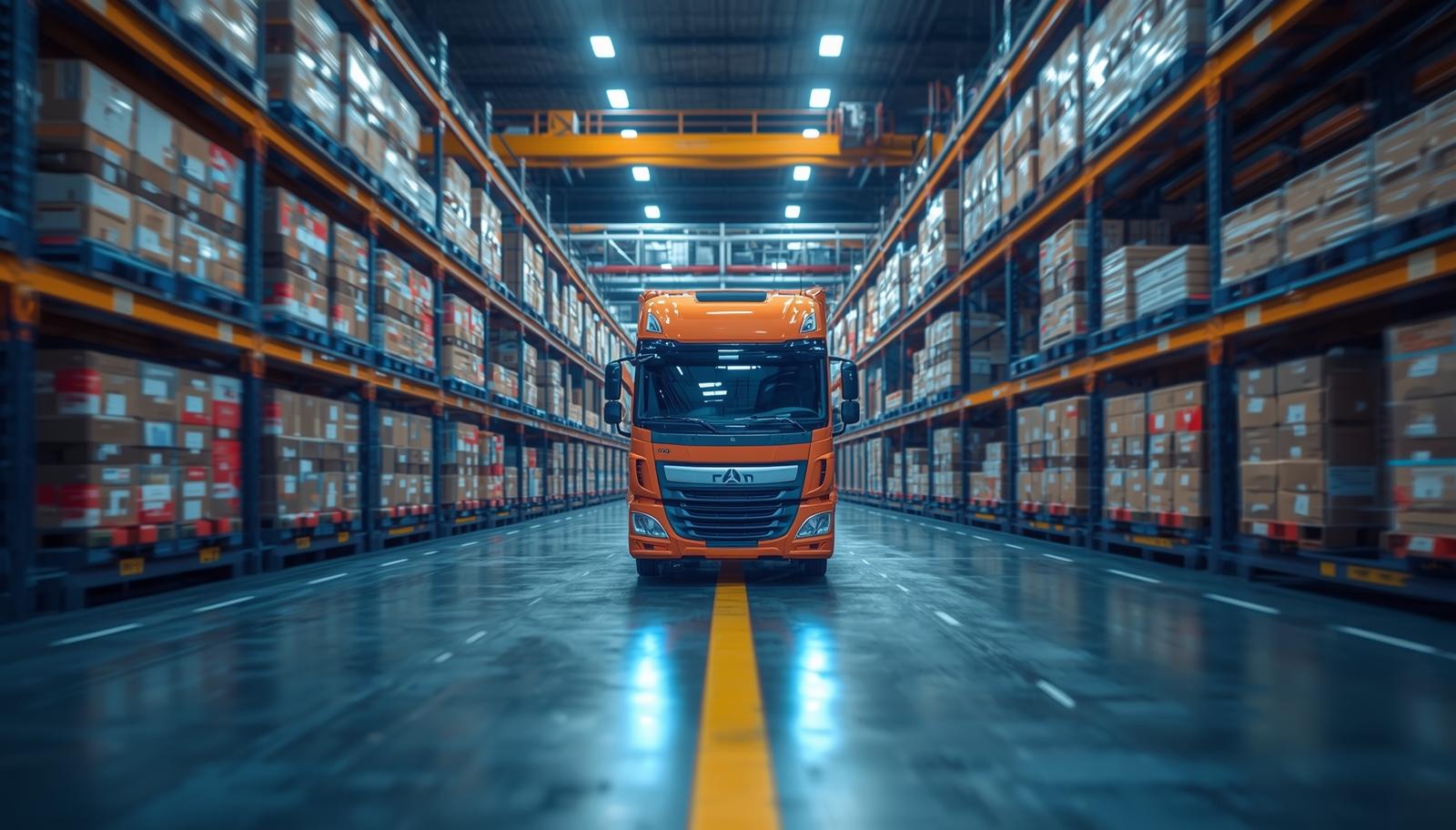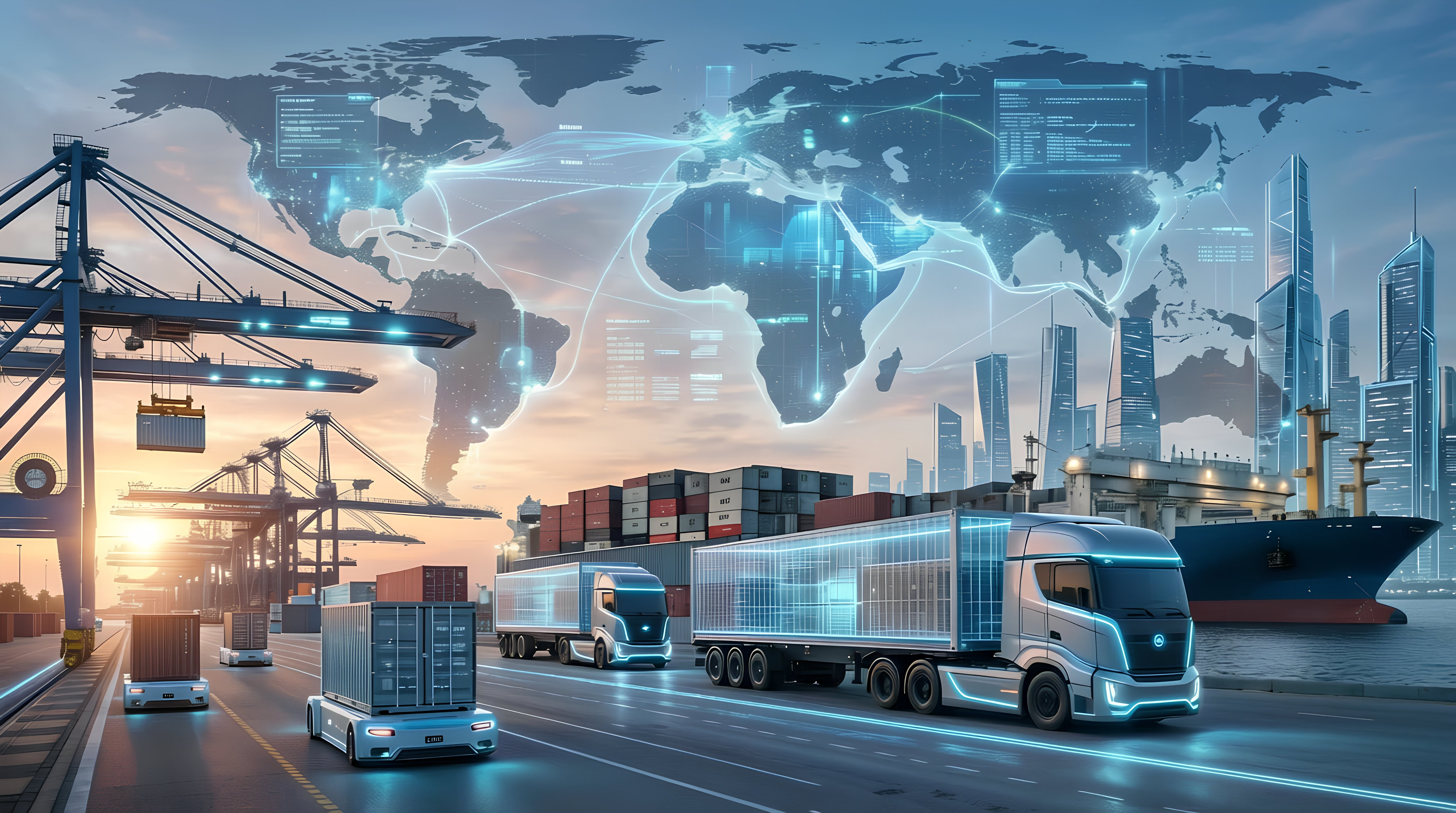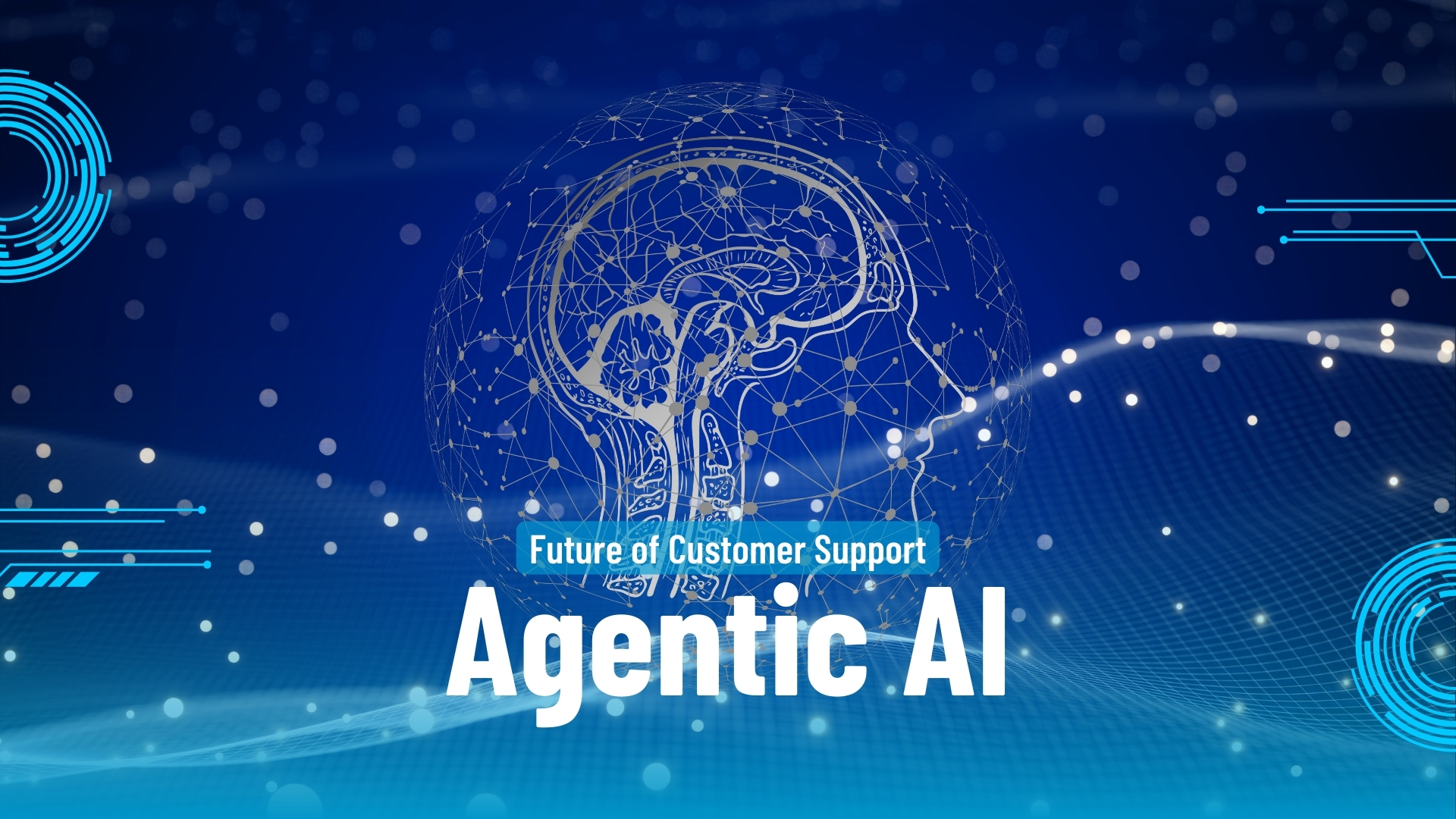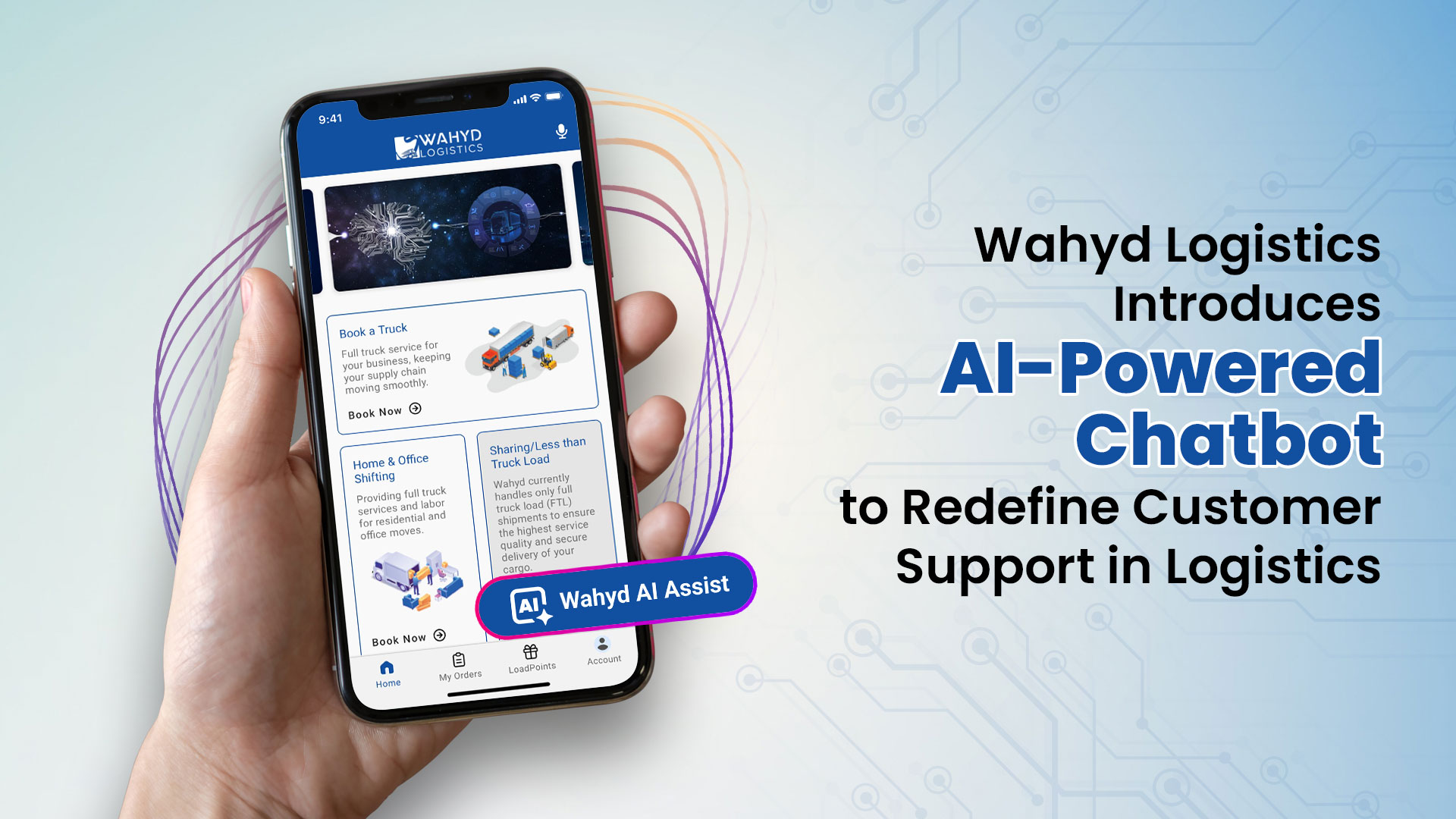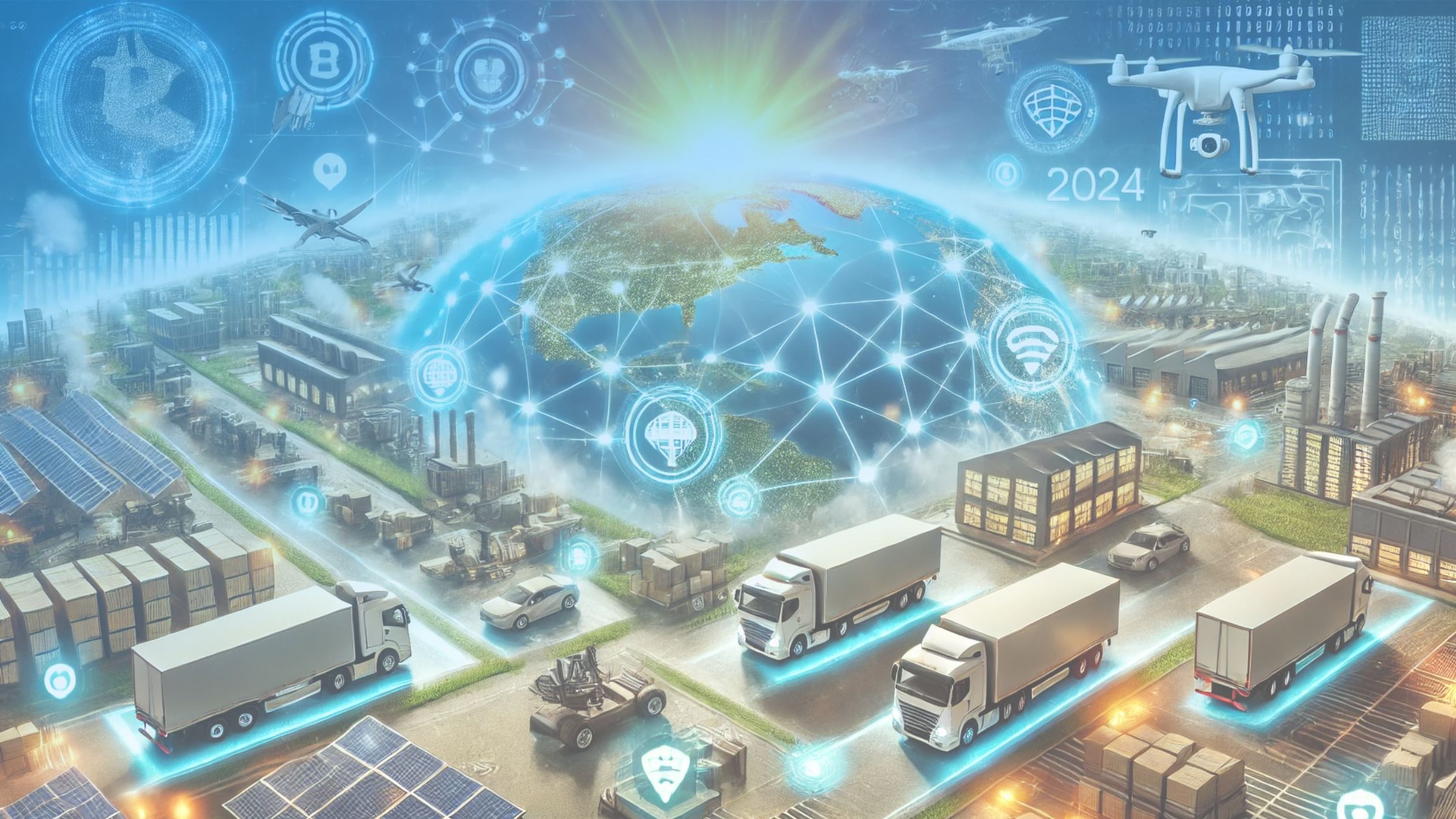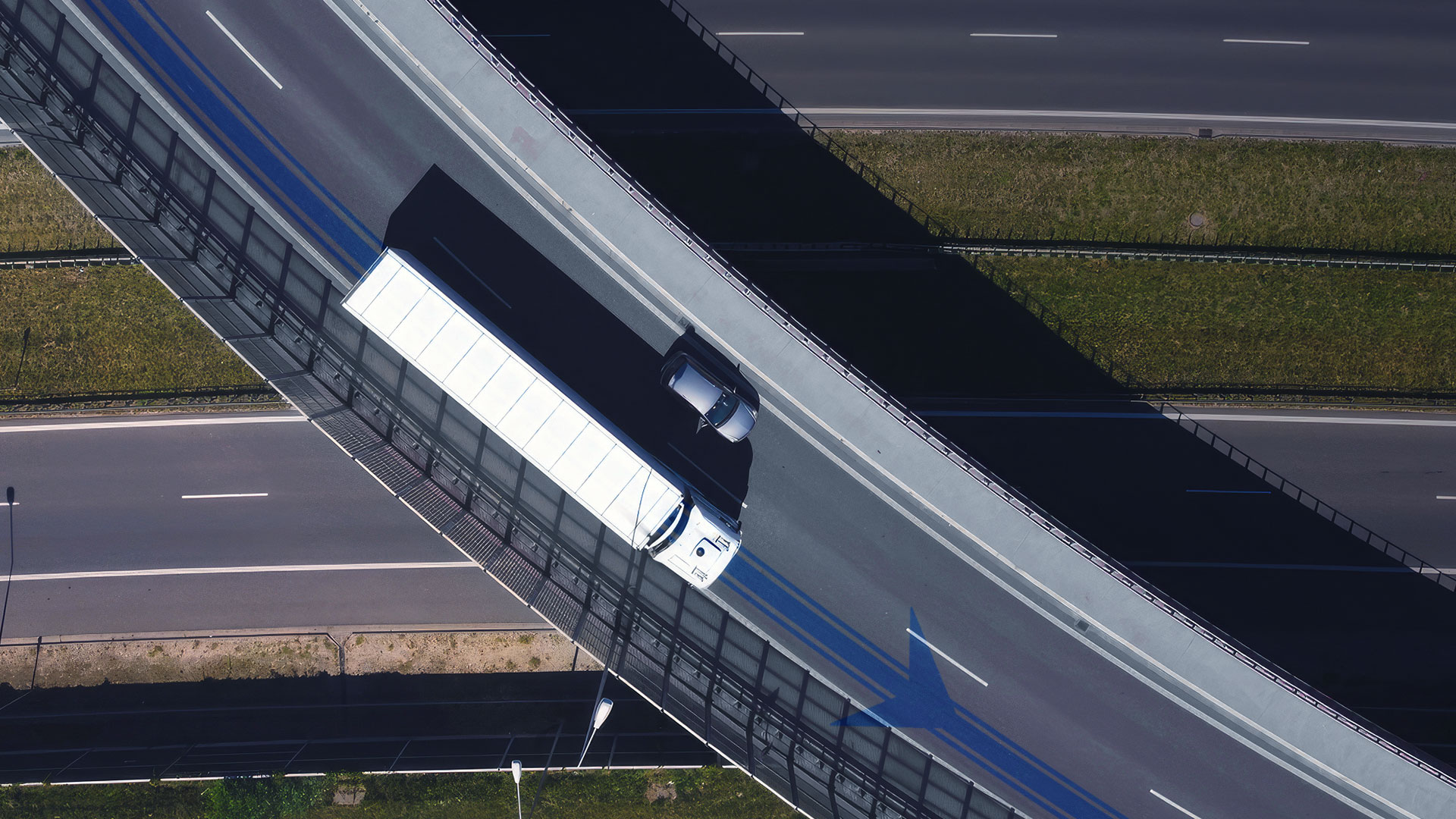
Businesses that rely on transporting things or organizing complex operations can save a lot of money with route optimization based on Artificial Intelligence. The best path for vehicles is picked by Artificial Intelligence with the help of algorithms that are able to examine such actual information as delivery times, traffic congestion, and weather reports among others. This in turn results in lesser money spent on gasoline, minimization of wear and tear of motor vehicles, and better planning of drivers’ time, hence lowering expenses. In addition, AI can quickly react to changes in road congestion or demand for product delivery, thereby preserving route efficiency around the clock. Generally, adopting AI to guide routes not only minimizes expenses but also increases service productivity and ensures clients’ approval.
Are you still a logistics manager who is using pen and paper for planning and managing your delivery routes? Then you are probably familiar with the enormous stress it subjects you to. Manual route optimization is not just difficult and time-consuming but can also lead to errors made by humans which are wrong. This is where AI comes in handy in optimizing routes. In this blog, we will delve into AI route optimization, its basics, the problems it solves, and the main features of AI optimization.
What is AI Route Optimization?
AI route optimization involves planning the most efficient routes for delivery vehicles using machine learning and artificial intelligence algorithms. This software generates optimal routes by assessing multiple factors, including distance, traffic conditions, and delivery windows. It helps drivers save time, fuel, and resources.
For the software to work properly, it must integrate with other systems that offer information on orders, customers, and delivery locations. Once it accesses this data, it uses machine learning algorithms to generate ideal routes, increasing customer satisfaction while minimizing drive time and fuel costs.
How AI-Driven Route Optimization Works?
Algorithms analyze data and determine optimal routes for vehicles. These algorithms take into account the following influences:
- Traffic flow: To maintain the flow of traffic, real-time updates are provided.
- Forecasted weather: Routes are adjusted in line with weather predictions.
- Times of delivery: The deliveries must be accomplished within stipulated periods.
- Space in vehicles: Carrying goods to the maximum decreases the number of trips made.
- Fuel efficiency: Choosing routes that consume less fuel.
The software considers multiple variables, including vehicle capacity, weather conditions, and traffic jams, ensuring effective route planning. As new information becomes available, it allows you to modify planned routes in real time.
Benefits of AI-Driven Route Optimization
- Cost Savings
- Fuel Reduction: Significant cost savings follow from a reduction of 15% in fuel consumption as a result of AI-driven systems. For example, UPS saved more than $400 million through route optimization in just one year.
- Maintenance Costs: Fewer miles driven means less wear and tear on vehicles, lowering maintenance expenses.
- Fuel Reduction: Significant cost savings follow from a reduction of 15% in fuel consumption as a result of AI-driven systems. For example, UPS saved more than $400 million through route optimization in just one year.
- Improved Delivery Times
- Through the application of AI, algorithms; faster delivery times of up to 30% can be achieved, leading to higher customer satisfaction as a result of improved service delivery.
- Through the application of AI, algorithms; faster delivery times of up to 30% can be achieved, leading to higher customer satisfaction as a result of improved service delivery.
- Environmental Impact
- Reducing fuel consumption also means lower carbon emissions. Companies like DHL have seen a 10% reduction in their carbon footprint through AI-driven route optimization.
- Reducing fuel consumption also means lower carbon emissions. Companies like DHL have seen a 10% reduction in their carbon footprint through AI-driven route optimization.
- Better Resource Utilization
- AI can be used to ensure every vehicle is utilized to its maximum capacity hence curbing unnecessary trips while enhancing effectiveness.
- AI can be used to ensure every vehicle is utilized to its maximum capacity hence curbing unnecessary trips while enhancing effectiveness.
Challenges of Traditional Route Planning and How AI-Driven Route Optimization Overcomes Them

Challenge #1: Managing Increased Operational Expenses
Too many wasted miles and backtracking are the results of improper planning that increases fuel consumption and vehicle wear. It can also result in late deliveries hence increasing reshipment costs.
Solution: AI route optimization creates cost-effective ways for someone who considers traffic in consideration whereas in reality less distance covered leads to lower fuel consumption. It improves on-time performance, lowering both return journey expenses or reshipments made after they were lost/damaged goods were handled previously and reducing wear on buses thus let alone their maintenance costs while also extending their lifespan.
Challenge #2: Fulfilling Customer Delivery Expectations
Traditional planning can sometimes forget about things like preferred delivery windows, real-time traffic patterns, and driver availability which could cause delays and missed time windows. There is no accurate ETA due to a lack of real-time tracking which makes clients unhappy.
Solution: AI takes into account delivery time windows and real-time traffic which means customers are always informed about the delivery progress thus reducing the number of inconclusive attempts as well as providing an actual ETA. To build trust and enhance the brand’s reputation, clients’ deliveries must be done on time within their requested time schedules.
Challenge #3: Difficulty in Making Mid-Route Adjustments
Old-fashioned planning does not take into consideration immediate changes in traffic routes, barricades, blocked roads, or sudden urgent delivery requirements, which makes the process less flexible.
Solution: The AI empowers the route optimization to be modified in real-time which enables the system to respond faster to traffic congestion, breakdowns, changes in weather, and other last-minute requests making it possible to complete routes in time.
Challenge #4: Addressing Safety Concerns
Old methods fail to take into account traffic congestion, blocked roads, roadworks, and extreme weather conditions hence resulting in more accidents.
Solution: Artificial intelligence systems scan information from GPS, traffic cameras, and meteorological reports to identify risk areas, making it safer for people by preventing them from approaching dangerous places.
Challenge #5: Enhancing Fleet Utilization Efficiency
Manual planning can ignore particular characteristics of vehicles and it results in less efficient use of resources and more pollution, which increases.
Solution: AI algorithms consider delivery locations, vehicle capacity, and traffic patterns to achieve maximum resource utilization. As a result, it ensures the efficient use of the fleet, facilitating fuel conservation as well as minimizing maintenance expenses and carbon emissions.
Challenge #6: Overcoming Time-Consuming Processes
Analyzing maps to estimate distances with little information, and deciding what is the fastest way, are quite difficult when it comes to routing manually. Increasing time consumption is inevitable with the growth of firms.
Solution: AI software processes information fast, and investigates the location of delivery, congestion of traffic, and capacity of vehicles to perfectly provide efficient routes. Since this work is automated, more time is saved thus enabling one to concentrate on strategies that can make one’s business grow.
Challenges and Limitations of AI-Driven Route Optimization
1. Ensuring Quality and Quantity of Data
Precise predictions require AI algorithms to have reliable data from multiple sources. If data quality and quantity are inadequate, the result will be suboptimal routes.
2. Balancing AI with Human Intervention
AI cannot account for unexpected events and human nature; therefore, human intervention is necessary to change routes in the event of a road closure or traffic accident.
3. Navigating Ethical Considerations
Route planning using artificial intelligence may be inaccurate, leading to unfair treatment. This also raises fears of job loss due to the increasing use of artificial intelligence.
Despite this, optimizing routes with artificial intelligence technology is an effective approach for improving delivery services. Integrating AI technology with efficient route planning and optimization software like Wahyd Logistics helps delivery companies enhance service and achieve the best outcomes.
Conclusion
For logistic businesses who want to cut costs, and increase efficiency and customer satisfaction while delivering real-time data such as weather and traffic through AI algorithms into optimal routes that use less fuel, require only short delivery time as well and reduce vehicle depreciation – utilizing an AI-powered route optimization system becomes crucial. There are challenges that this technology seeks to overcome such as high operational costs, missed delivery windows, need for mid-route adjustments among others while still reducing carbon emissions. UPS and DHL have shown substantial benefits of AI in logistics, showing that integrating it into route planning enhances effectiveness and sustainability with minimized costs.
How Can Wahyd Logistics Help?
With expertise in Logistics and a long list of happy customers, Wahyd Logistics is always committed to providing seamless logistics services that cater to your business requirements.
We are here to offer you hassle-free and customized logistics solutions, so you can do more with your business while we handle all the challenging tasks!
Contact our logistics experts today and we will be happy to help with your logistics.

